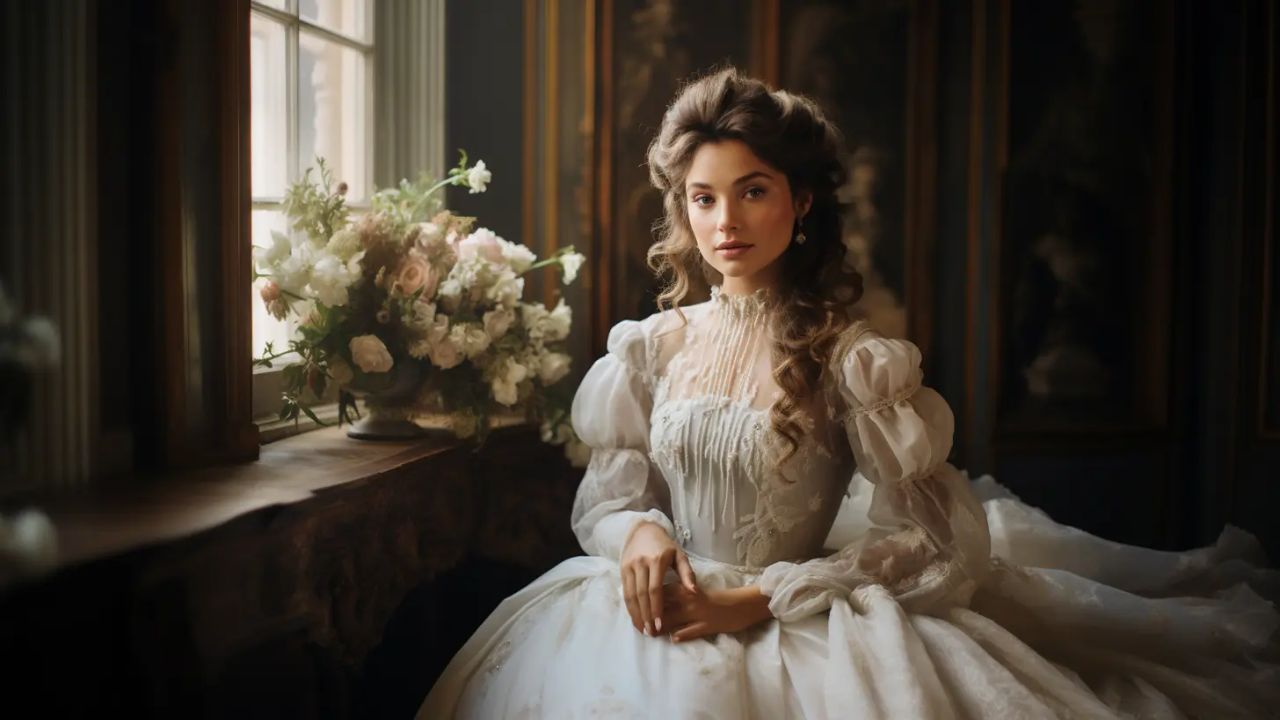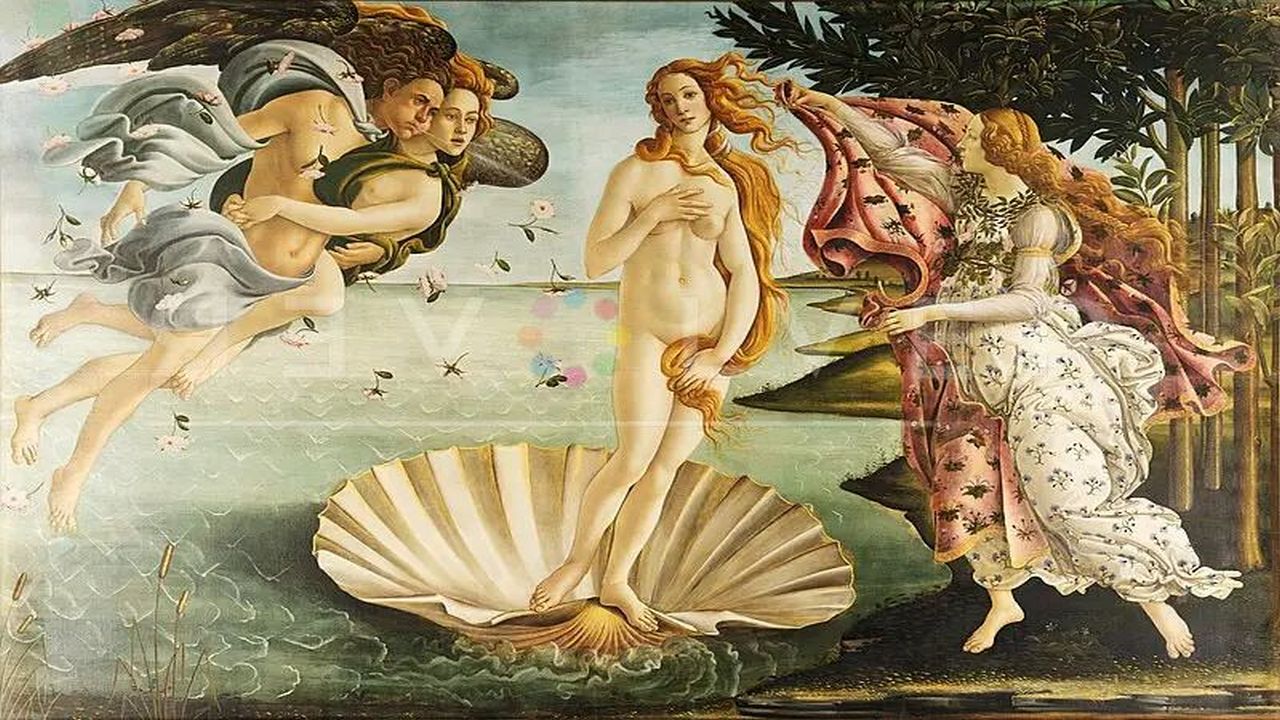Art has long been a mirror reflecting the ever-evolving standards of beauty throughout history. From classical masterpieces to contemporary creations, popular art pieces have played a pivotal role in shaping societal perceptions of beauty. This journey through the annals of art unveils the profound impact these creations have had on shaping today’s beauty standards.
Renaissance Reverie: Reimagining the Ideal
In the heart of the Renaissance, artists like Leonardo da Vinci and Raphael sculpted the human form with meticulous precision. The concept of idealized beauty emerged, characterized by harmonious proportions and flawless features, which people now achieve at the botox clinic in Singapore. The iconic “Venus de Milo” by Alexandros of Antioch epitomized this classical beauty, influencing perceptions of the perfect female form for centuries.
Impact on Beauty Standards: The Renaissance ideals of symmetry and proportion laid the foundation for classical beauty, setting a benchmark that subtly continues to influence contemporary notions of physical perfection.
Baroque Extravaganza: Celebrating Realism and Drama
The Baroque era ushered in a departure from the pristine ideals of the Renaissance. Artists like Caravaggio embraced the dramatic, portraying subjects with stark realism. The voluptuous figures of Peter Paul Rubens challenged conventional notions of beauty, emphasizing the celebration of natural curves and flesh.
Impact on Beauty Standards: The Baroque era injected a sense of realism and diversity into artistic representations, challenging the notion of a singular ideal. This celebration of natural beauty laid the groundwork for a more inclusive perception of attractiveness.
Rococo Elegance and Delicate Femininity

Rococo art brought forth a world of opulence characterized by delicate aesthetics and ornate beauty. Fragonard’s “The Swing” and Boucher’s ethereal depictions of courtly life celebrated the elegance of femininity. The emphasis on grace, refinement, and intricate detailing became synonymous with the ideals of feminine beauty.
Impact on Beauty Standards: The Rococo era’s emphasis on elegance and refinement subtly influenced societal perceptions, associating beauty with sophistication and delicate features that transcended into the evolving standards of feminine allure.
Impressionistic Whimsy
The Impressionist movement revolutionized artistic expression, capturing the essence of fleeting moments. Artists like Claude Monet and Pierre-Auguste Renoir brought a sense of spontaneity to their work. The depiction of natural beauty, unfiltered by conventional norms, challenged the established ideals.
Impact on Beauty Standards: Impressionism challenged the rigid standards, emphasizing the beauty found in authenticity and the transient nature of existence. This departure paved the way for a more diverse and nuanced understanding of beauty.
Modernist Rebellion: Deconstructing Norms
The Modernist movement shattered traditional norms, embracing abstraction and symbolism. Artists like Pablo Picasso and Salvador Dali experimented with form and perspective, questioning established beauty standards. This era catalyzed a shift towards individualism and the acceptance of unconventional beauty.
Impact on Beauty Standards: Modernism dismantled the established norms, encouraging a more inclusive definition of beauty. The emphasis on individual expression became a catalyst for the acceptance of diverse forms of beauty.
The intricate interplay between popular art pieces and beauty standards throughout history is a testament to the ever-evolving nature of human perception. From the Renaissance’s pursuit of idealized perfection to the Modernist embrace of individuality, art has been a dynamic force shaping societal notions of beauty. Today’s beauty standards bear the indelible marks of this artistic journey, reflecting a tapestry woven with the threads of tradition, rebellion, and the celebration of diversity.

